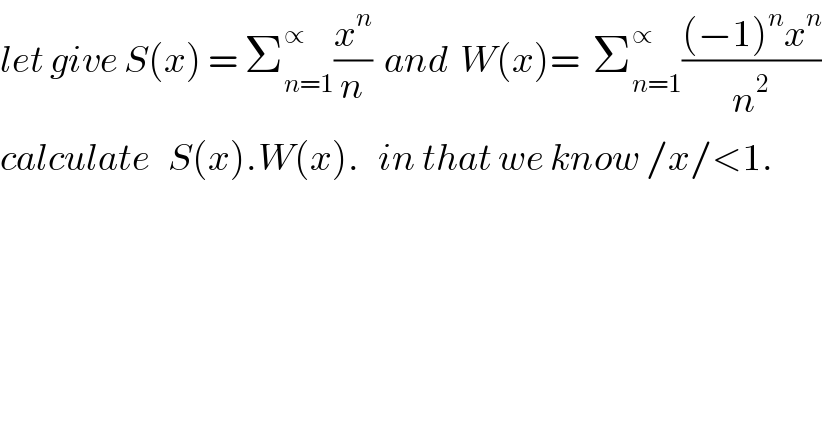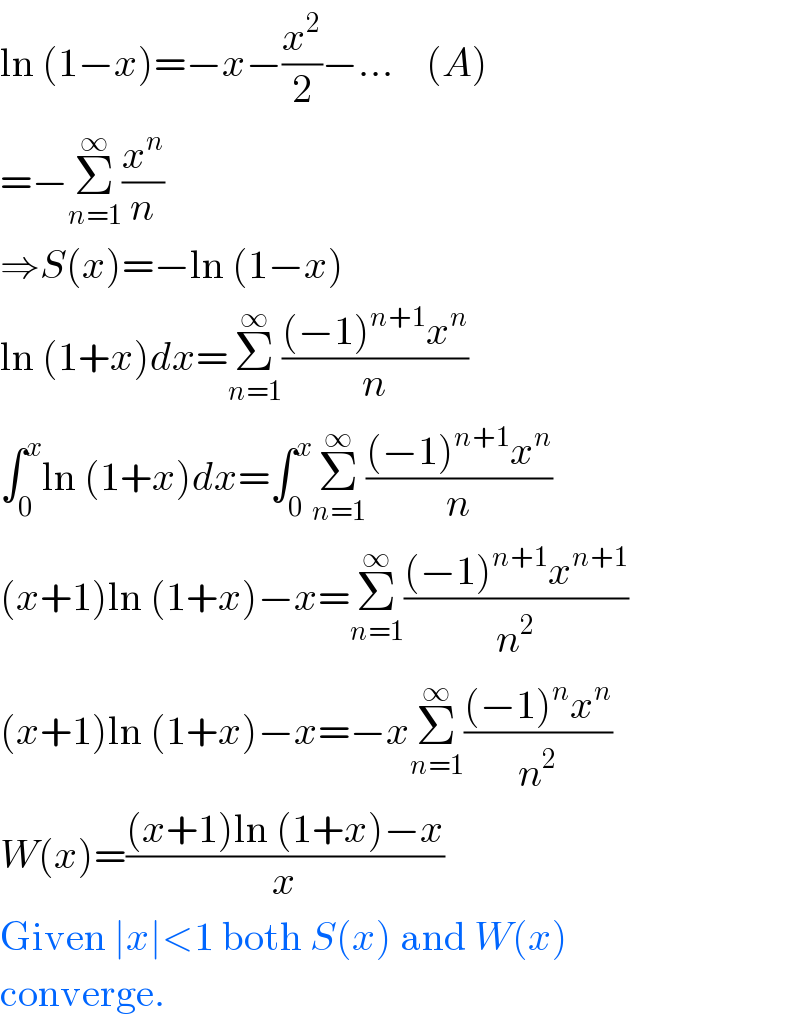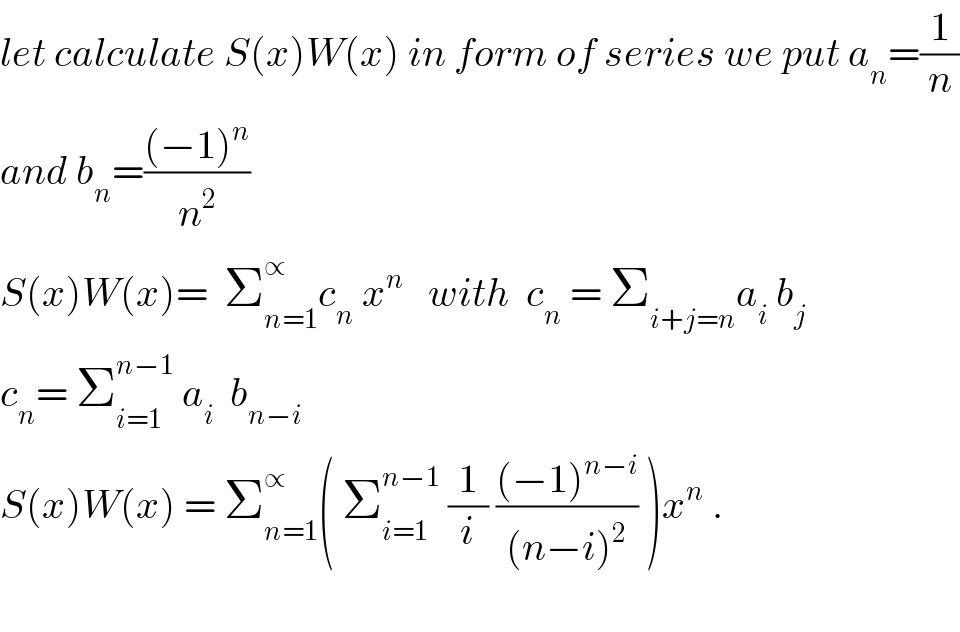
Question and Answers Forum
Question Number 27098 by abdo imad last updated on 02/Jan/18

Commented byprakash jain last updated on 02/Jan/18

Commented byabdo imad last updated on 04/Jan/18

| ||
Question and Answers Forum | ||
Question Number 27098 by abdo imad last updated on 02/Jan/18 | ||
 | ||
Commented byprakash jain last updated on 02/Jan/18 | ||
 | ||
Commented byabdo imad last updated on 04/Jan/18 | ||
 | ||